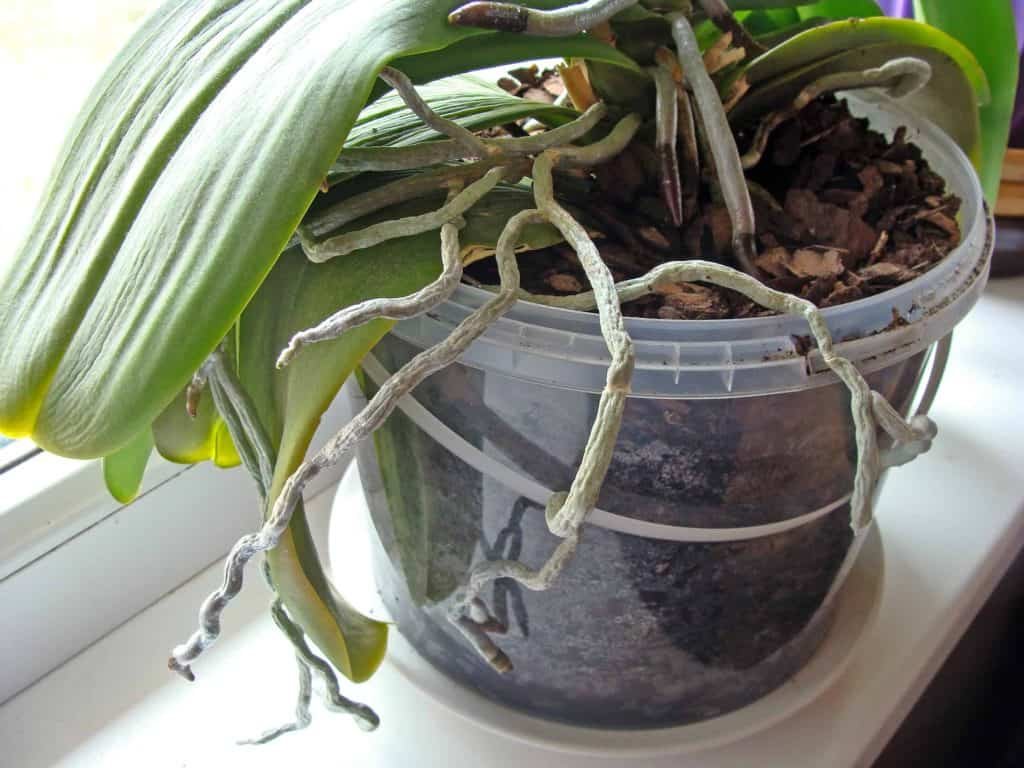Orchid Photography Basics
The beauty of an orchid in full bloom can leave you speechless. You might think you can never capture its stunning beauty with a mere photograph unless you are a professional photographer or have a fancy camera. Think again…
Although taking the perfect picture does require a bit of skill and practice on your part, it can be done. In this article we’ll give you a few basic tips and tricks for getting the perfect picture of your orchids with the digital point and shoot camera that you probably already have.
Tip 1:
The first tip is to try and keep the camera as steady as possible. In order to get the crispest picture possible, you will need to keep the camera still in order to take the highest-quality shot.
To do this successfully you might want to invest in a tripod. They allow you to easily adjust the height and angle of the camera which can result in a much better picture.
If you don’t want to purchase a tripod, you can easily make a stack of flat items, such as books or DVD’s to set your camera on to take the pictures.
Tip 2:
The second tip is to beware of your background. Since you are trying to capture the beauty of your orchid, you will want the orchid to be the star of the picture and not a distracting background.
Many photographers like to use a plain background such as a cloth, curtain, sheet, or tablecloth in order to focus all of the attention on the orchid itself.
Generally, dark colored orchids look best against a white or light-colored background and lighter colored orchids look great against a black background.
If you do decide to use a plain background, be sure to place it at least two feet behind you orchid so that the auto-focus on your camera doesn’t focus on tiny details in the background such as wrinkles or dust.
Tip 3:
The third tip is to get the perfect lighting. Lighting is a very important element in any photograph and can greatly differentiate a good photograph from a great one.
The key is to diffuse a light source onto the subject you are photographing. Professional photographers use reflectors and umbrellas in order to bounce and diffuse light, although it is not necessary to buy these items.
You can easily bounce sunlight off of a large white wall or sheet onto your orchid for a nice, naturally lit look.
Always try to use sunlight whenever possible, because it will allow you to turn the flash off and get a more natural-looking picture without any of the odd shadows that a flash can sometimes create.
Tip 4:
The forth tip is to utilize the self-timer option on your camera. The self-timer greatly helps reduce the amount of movement and shakiness that occurs when you push the button.
It is also a great way for you to move out of the way in case you may be producing shadows on your photography subject. Whether or not you have access to a tripod or some other stabilizing surface, try using the self-timer and compare those pictures to those taken the standard way and see which way gives you the better results.
Tip 5:
The fifth tip is to use your camera’s macro setting. This allows you to capture a very detailed close-up shot. You may want to go through your camera’s manual and find out how to best use the macro setting for your particular camera, including how far away to take the picture for the best results.
The use of tripods and self-timers are very convenient when using the macro setting because even the slightest of movements can cause the picture to appear blurry.
The great thing about digital photography is that you can take as many pictures as you want and are only limited to your cameras memory space.
Experiment with different angles and lighting and remember to have fun! You may end up with stunning photographs you are proud to show off to your family and friends.
And that just about covers the photography basics! 🙂
Originally posted 2021-05-23 11:43:03.




